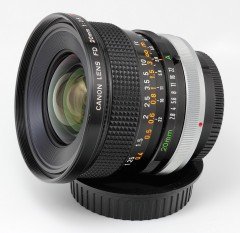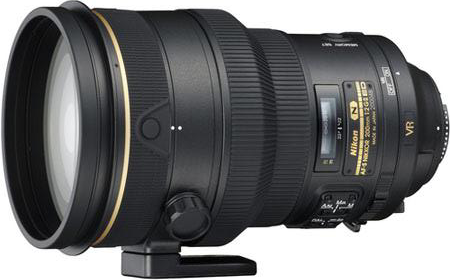
Getting blurred or noisy pictures? Want to reduce this noise and be able to shoot in low-light conditions? Possibly receiving frowns from friends whose portraits you shot? You need a fast lens.
What Is A Fast Lens?
Remember aperture? Aperture is measured in f-stops. The larger the number the smaller the aperture, so f/5.6 is a wider aperture than f/16 — see it is measured in fractions so any arbitrary number f divided by 5.6 will always result in a number greater than the same divided by 16. Enough math. A fast lens is characterized by the ability to allow more light into the camera. This means low ISO (thus low-noise) and faster shutter-speed (since you have enough light, thanks to the wide-aperture).
How Does A Fast Lens Help You
A fast lens becomes critically important when shooting portraits (for me especially when I’m photographing my kid or wife). That saves me from their frowns because it gives clean images with little noise and are sharp (the high shutter-speed reduces the blur). But there’s a hidden bonus too. A wide aperture by it’s very virtue gives me a shallow depth-of-field and a good bokeh. This is reason enough for one to go for a fast lens. A fast lens is best used in portraits since these are the photographs which benefit from it the most (and a landscape will not talk back asking for a better bokeh, neither does it need it). A fast lens also allows one to shoot in low-light conditions with naturally available light like in the evening or indoors.

Examples Of A Fast Lens
Here are the examples of some fast lenses:
- Nikon 50mm f/1.4G AF-S Nikkor Fast Lens
- Canon EF 50mm f/1.2L USM Ultra-Fast Standard AutoFocus Lens
- Sigma 50mm f/1.4 EX DG HSM Auto Focus Lens (available for Canon EOS, Nikon AF-system, Sony Alpha Mount, etc.)
Fast lenses happen to be slightly on the costlier range since they call for so extreme care with the design. But they are well worth the investment, especially if you want to go pro (a pro will already have a fast lens) or want to enhance your portraits. Don’t be surprised if your search for fast lens doesn’t turn up many results on the web; by their very nature, good portrait lenses (and quite many prime lenses) are fast lenses. So look for a good portrait lens which can stop to 1.8, or better 1.4 or 1.2 (the best) f-stops.


Do fast lenses help a camera’s auto-focusing system by letting more light reach the focus plane? I guess this would be true only if cameras focused with the aperture wide open.
Hi Sam, This is not true for fast lenses, though cameras may have trouble focusing in dark.